
Scouting, also known as the Scout Movement, is a worldwide youth social movement employing the Scout method, a program of informal education with an emphasis on practical outdoor activities, including camping, woodcraft, aquatics, hiking, backpacking, and sports. Another widely recognized movement characteristic is the Scout uniform, by intent hiding all differences of social standing in a country and encouraging equality, with neckerchief and campaign hat or comparable headwear. Distinctive uniform insignia include the fleur-de-lis and the trefoil, as well as merit badges and other patches.

Lieutenant-General Robert Stephenson Smyth Baden-Powell, 1st Baron Baden-Powell, was a British Army officer, writer, founder and first Chief Scout of the world-wide Scout Movement, and founder, with his sister Agnes, of the world-wide Girl Guide/Girl Scout Movement. Baden-Powell authored the first editions of the seminal work Scouting for Boys, which was an inspiration for the Scout Movement.
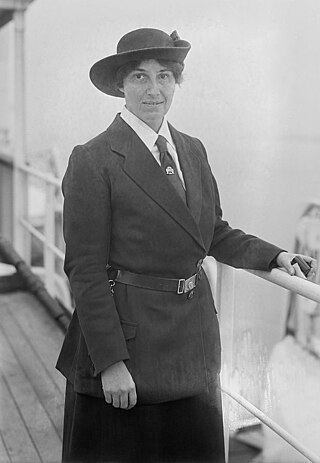
Olave St Clair Baden-Powell, Baroness Baden-Powell was the first Chief Guide for Britain and the wife of Robert Baden-Powell, 1st Baron Baden-Powell, the founder of Scouting and co-founder of Girl Guides. She outlived her husband, who was 32 years her senior, by over 35 years.
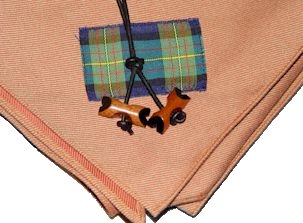
Wood Badge is a Scouting leadership programme and the related award for adult leaders in the programmes of Scout associations throughout the world. Wood Badge courses aim to make Scouters better leaders by teaching advanced leadership skills, and by creating a bond and commitment to the Scout movement. Courses generally have a combined classroom and practical outdoors-based phase followed by a Wood Badge ticket, also known as the project phase. By "working the ticket", participants put their newly gained experience into practice to attain ticket goals aiding the Scouting movement. The first Wood Badge training was organized by Francis "Skipper" Gidney and lectured at by Robert Baden-Powell and others at Gilwell Park in September 1919. Wood Badge training has since spread across the world with international variations.

Gilwell Park is a camp site and activity centre in East London located in the Sewardstonebury area of Waltham Abbey, within Epping Forest, near the border with Chingford. The 109-acre (44 ha) site is owned by The Scout Association, is used by Scouting and Guiding groups. As the original base of leadership training in the Scout movement, it is an important site of the worldwide Scouting movement.

The World Scout Indaba was a series of three gatherings of Scout Leaders from around the world, held in 1952, 1957 and 1960. The idea was proposed in 1949 at the 12th World Scout Conference in Elvesæter, Norway where The Boy Scouts Association of the United Kingdom submitted that of the large number of Scouters working in a pack, troop or crew, only a very small percentage were ever able to take part in a major international Scout gathering. Indaba is Zulu for "tribal conference" and the name was suggested by Lord Rowallan.
Scouting started in Victoria, Australia, as early as 1907 and local Boy Scout patrols and troops formed independently. Several separate central organisations began operating including Boys' Brigade Scouts, Church Lads' Brigade Scouts, Chums Scouts, Imperial Boy Scouts, Girl Peace Scouts, Imperial Boy Scouts Victoria Section, Imperial Boy Scouts Victorian Section, Gippsland Boy Scouts Association, Australian Boy Scouts, Australian Imperial Boy Scouts, The Boy Scouts Association, Life-Saving Scouts of the Salvation Army and Methodist Boy Scouts.
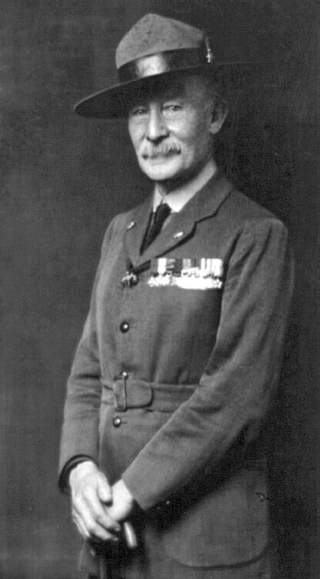
Scouts' Day or Guides' Day is a generic term for special days observed by members of the Scouting movement throughout the year. Some of these days have religious significance, while others may be a simple celebration of Scouting. Typically, it is a day when all members of Scouting will re-affirm the Scout Promise.

Youlbury Scout Activity Centre is one of a number of The Scout Association's National Scout Activity Centres in the United Kingdom and is the oldest permanent Scout campsite in the world.

Queen's Gate House, still commonly known by its previous name of Baden-Powell House, is a conference centre in South Kensington, London. It was built as a tribute to Lord Baden-Powell, the founder of Scouting, and has served as the headquarters for The Scout Association, as a hostel providing modern and affordable lodging for Scouts, Guides, their families and the general public staying in London and as a conference and event venue.

Arthur Robert Peter Baden-Powell, 2nd Baron Baden-Powell, was the son of Lieutenant-General Robert Baden-Powell, 1st Baron Baden-Powell, the founder of Scouting, and Olave St. Clair Soames. He served for two years in the British South Africa Police in Southern Rhodesia and then in the Southern Rhodesian Civil Service until the end of the Second World War, when he returned to Britain to assume his title and became a director of companies, and a Special Constable with the City of London Police.

The Brownsea Island Scout camp was the site of a boys' camping event on Brownsea Island in Poole Harbour, southern England, organised by Lieutenant-General Baden-Powell to test his ideas for the book Scouting for Boys. Boys from different social backgrounds participated from 1 to 8 August 1907 in activities around camping, observation, woodcraft, chivalry, lifesaving and patriotism. The event is regarded as the origin of the worldwide Scout movement.

Throughout the world there are many museums related to Scouting dedicated to preserving, communicating, and exhibiting the heritage of the Scouting movement for purposes of study, education, and enjoyment of society. A downloadable world directory of Scouting museums is available from the US Scouting Service Project.
Sir Percy Winn Everett was an editor-in-chief for the publisher C. Arthur Pearson Limited and an active Scouter who became the Deputy Chief Scout of The Boy Scouts Association.
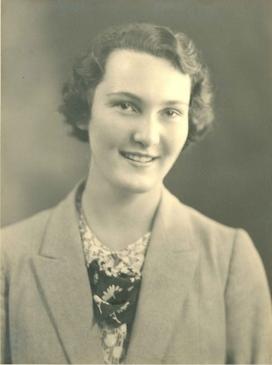
Betty St Clair Clay was the younger daughter of Olave Baden-Powell, the first Chief Guide and Robert Baden-Powell, 1st Baron Baden-Powell, the founder of Scouting. She was the sister of Peter Baden-Powell, 2nd Baron Baden-Powell; the aunt of Robert Baden-Powell, 3rd Baron Baden-Powell, and Michael Baden-Powell, 4th Baron Baden-Powell; the grandmother of murderer, Gerard Baden-Clay; the niece of Agnes Baden-Powell and Baden Baden-Powell; niece and goddaughter of Warington Baden-Powell; and granddaughter of the Rev. Prof. Baden Powell.
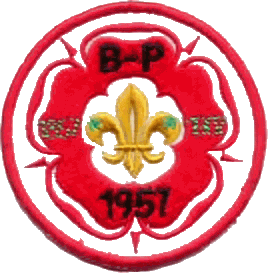
The 9th World Scout Jamboree, also known as the Jubilee Jamboree, was held at Sutton Park, Royal Town of Sutton Coldfield, Warwickshire, England, for twelve days during August, 1957. The Jamboree marked dual milestones as it was both the 50th anniversary of the Scouting movement since its inception at Brownsea Island and the 100th anniversary of the birth of Scouting's founder Robert Baden-Powell.

The graves of Lieutenant-General The 1st Baron Baden-Powell and his wife, Olave, Baroness Baden-Powell, G.B.E., are in Nyeri, Nyeri County, Kenya, near Mount Kenya. Lord Baden-Powell died on 8 January 1941, and is buried in St. Peter's Cemetery in the Wajee Nature Park. When his wife Olave, Lady Baden-Powell, died, her ashes were sent to Kenya and interred beside her husband. Kenya has declared Baden-Powell's grave a national monument. Scouts consider the grave, "one of the most revered shrines and pilgrimage sites in the world."

Hárshegy is a part of Budapest's 2nd district. Its entire area is made up of Nagy-Hárs Hill and Kis-Hárs Hill, from which there are sweeping views of Budapest. The area is a popular place for recreation, and the Hárs-hegy railway station of the Children's Railway is located in there.
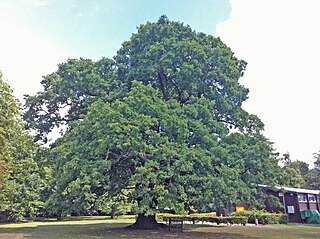
The Gilwell Oak is an oak tree on the grounds of The Scout Association's headquarters at Gilwell Park, Essex. It is reputed to have been used as a hiding place by Dick Turpin and since the 20th century has become closely associated with the Scout movement. The tree is situated close to the training ground for the association's first Scout leaders and provided material for the earliest Wood Badges. The oak inspired Scout movement founder Robert Baden-Powell to create "the moral of the acorn and the oak" an analogy for the growth of the Scout movement and the personal growth of its members. The Gilwell Oak was voted England's Tree of the Year by the public in 2017 and was subsequently selected by a panel of experts as the UK Tree of the Year.
Ferenc Hill is located in the Buda Hills in the 2nd district of Budapest.


















